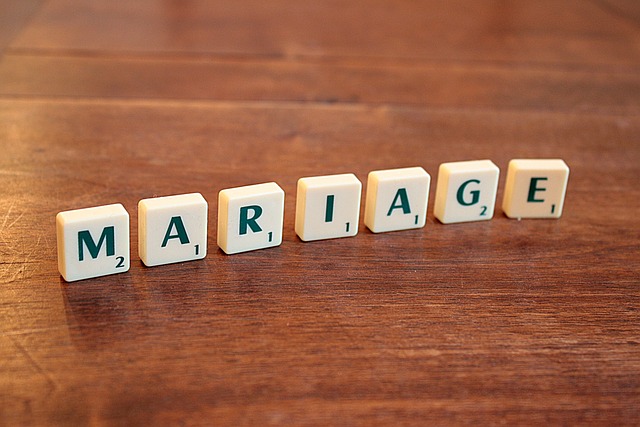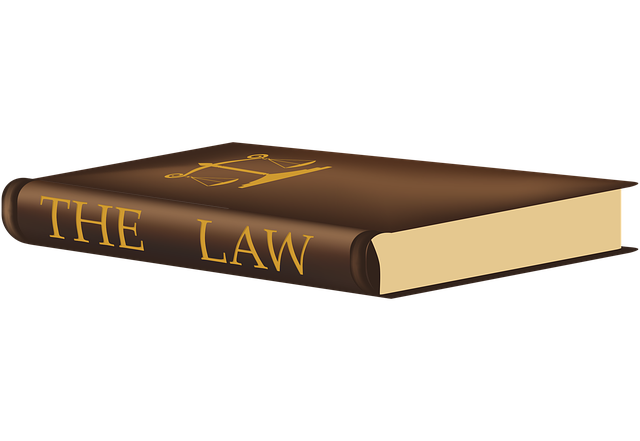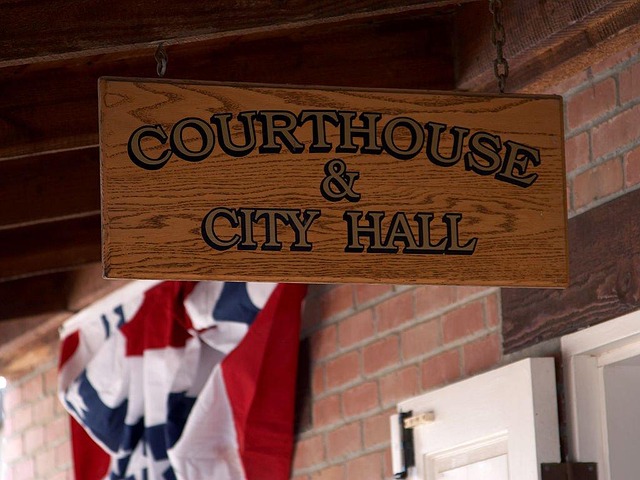In criminal cases, especially high-stakes white-collar crimes, managing jury biases is crucial for fair litigation. Juries may harbor unconscious racial, ethnic, gender, or ageist prejudices that impact decision-making. Lawyers must employ strategies during jury selection and evidence presentation to ensure impartiality. Effective techniques include careful case selection, strategic witness choices, and nuanced fact presentation, aiming for equitable outcomes and justice for all parties involved. Understanding and managing these biases is a best practice in criminal defense litigation, addressing historical systemic discrimination and fostering a fairer criminal justice process.
In the intricate dance of criminal litigation, understanding jury biases is a pivotal step in managing risk effectively. This article delves into the role of these subtle yet powerful influences on jury decisions, providing insights into identifying and mitigating their impact. From recognizing common biases to adopting best practices in litigation risk management, this guide offers a comprehensive framework for navigating the complexities of criminal trials. By gaining a deeper understanding of jury biases, legal professionals can enhance strategic decision-making and ensure fair outcomes.
- The Role of Jury Biases in Criminal Trials
- Identifying Common Jury Biases
- Mitigating the Impact of Jury Biases
- Best Practices for Litigation Risk Management in Criminal Cases
The Role of Jury Biases in Criminal Trials

In criminal trials, understanding jury biases is a critical component of litigation risk management. Jury members bring diverse experiences, prejudices, and preconceived notions to the courtroom, which can significantly influence their decisions. These biases are often unconscious but can lead to unfair outcomes, especially in high-stakes cases involving white collar and economic crimes. Recognizing potential biases, such as racial, gender, or socio-economic stereotypes, allows lawyers to strategically present evidence and arguments to mitigate their impact. By understanding the biases of their clients’ accusers and the broader philanthropic and political communities, defense teams can navigate the complex dynamics within a jury room effectively.
The presence of bias in jury selection processes has profound implications for criminal cases, particularly those involving complex financial crimes. Lawyers must be adept at questioning potential jurors to uncover any hidden prejudices that could affect their ability to render an impartial verdict. This is especially crucial when dealing with white collar and economic crime defendants, as the nature of these offenses often requires a nuanced understanding of financial systems and practices. Through careful jury management and by highlighting the importance of unbiased decision-making, legal professionals can ensure that criminal trials are fair and just for all involved.
Identifying Common Jury Biases
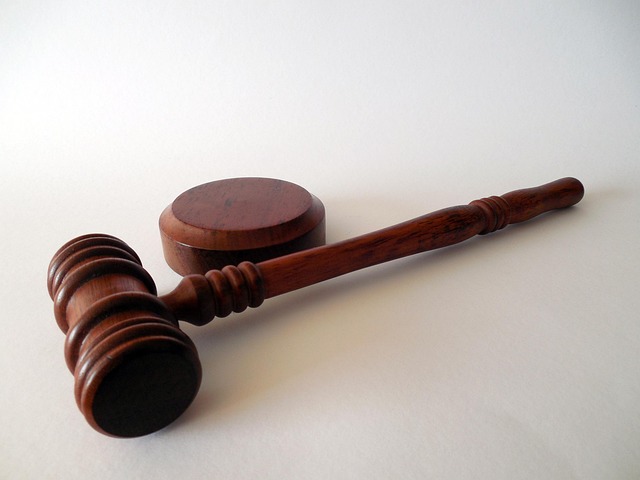
Understanding Jury Biases in Criminal Cases is a critical aspect of successful Litigation Risk Management, especially in high-stakes cases. Juries, while intended to be impartial, can inadvertently introduce biases that may skew their decisions. Common biases include racial and ethnic prejudices, gender stereotypes, and ageism. These biases often manifest during the selection process (venire) or in their interpretations of evidence presented at trial, particularly emotional or complex evidence. By recognizing these potential pitfalls, legal professionals can craft strategies to mitigate their effects.
In navigating all stages of the investigative and enforcement process, it’s crucial to anticipate and address these biases proactively. This involves careful case selection, strategic witness choices, and a nuanced approach to presenting facts and arguments. Avoiding indictment or other severe outcomes in high-stakes cases often hinges on a deep understanding of jury dynamics and how to steer clear of these decision-influencing biases.
Mitigating the Impact of Jury Biases

In the realm of litigation risk management, especially in the context of criminal cases, understanding jury biases is a crucial element for any successful general criminal defense strategy. Jury trials, by their nature, involve diverse individuals from various backgrounds and perspectives, each bringing their own experiences, preconceptions, and prejudices. This diversity can lead to unconscious biases that significantly impact the outcome of a case, whether it’s in favor of corporate or individual clients.
To mitigate these impacts, defense attorneys must employ strategic tactics. This includes thorough jury research to identify potential biases and subsequent challenges for cause to excuse biased jurors. Additionally, effective opening and closing statements can help overcome certain biases by presenting evidence and narratives that resonate with the jury’s sense of fairness and justice. By acknowledging and addressing these issues proactively, general criminal defense attorneys can ensure a fairer trial process for all parties involved.
Best Practices for Litigation Risk Management in Criminal Cases
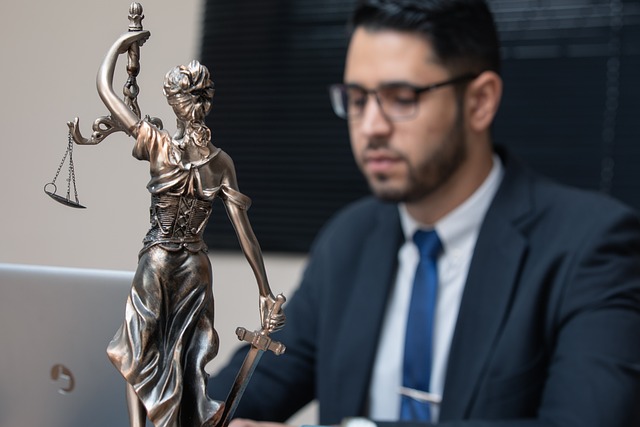
In managing litigation risk in criminal cases, understanding jury biases is a best practice that cannot be overlooked. Criminal trials often involve high-stakes outcomes, and perceived or actual biases in the justice system can significantly impact the outcome. Therefore, it’s crucial to navigate all stages of the investigative and enforcement process with sensitivity to these biases. Across the country, various demographic groups have historically faced systemic discrimination, which can affect how jurors perceive evidence and defendants. For instance, racial and ethnic minorities often face challenges in securing fair trials due to deeply rooted societal prejudices.
To mitigate risks, legal teams must be proactive in their approach. This involves thoroughly vetting potential jurors during selection to identify any implicit associations or biases that could influence their decision-making. Additionally, presenting evidence in a culturally sensitive manner and ensuring effective communication strategies can help bridge the gap. By acknowledging and addressing these biases, legal professionals can foster a more equitable process, thereby enhancing the chances of a just verdict in even the most high-stakes cases.
Understanding jury biases is a critical component of effective litigation risk management in criminal cases. By identifying common prejudices and implementing strategies to mitigate their impact, legal professionals can ensure fairer trials. This includes careful case selection, diverse jury pools, and transparent courtroom procedures. Adopting best practices for managing litigation risks not only strengthens the integrity of the justice system but also improves outcomes for all parties involved.




